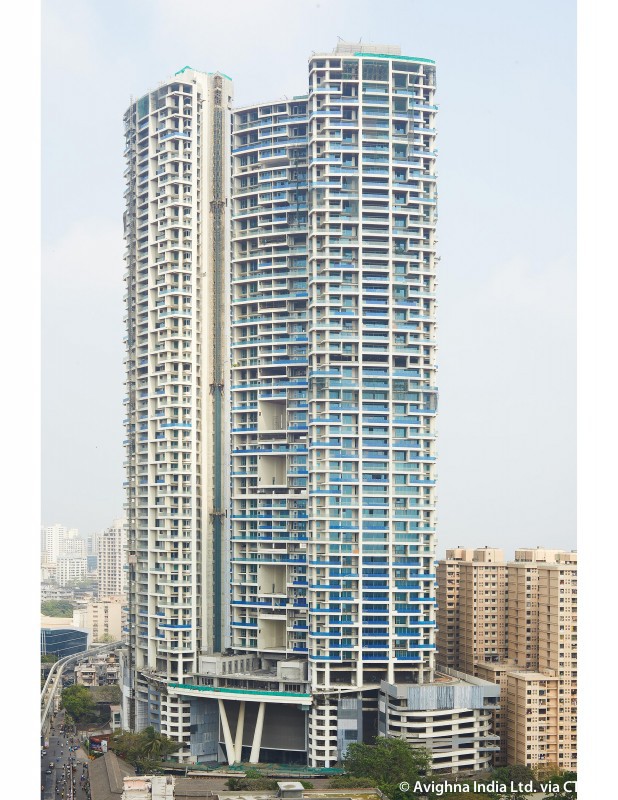Architecture of Mumbai
 |
| The Imperials |
| Chatrapati Shivaji Maharaj Terminus |
Architecture of Mumbai
 |
| Victorian Gothic and Art Deco Ensembles of Mumbai |
The architecture of Mumbai blends Gothic, Victorian, Art Deco,
Indo-Saracenic and contemporary architectural styles. Many buildings,
structures and historical monuments remain from the colonial era. Mumbai, after
Miami, has the second largest number of Art Deco buildings in the world.
Victorian Gothic architecture
 |
| Elphinstone college |
Bombay Architecture came to be
present through the British in the 18th and early 19th centuries. At first it
was the neoclassical style of architecture but
later, the Victorian Gothic style (also known as
Gothic revival) came to dominate the city. At first, due to the immense freed
space it obtained, Gothic building only served as churches, as religious
buildings built by people of the 11th century. However, soon enough there came
a need for public halls, parliament houses, mansions, and the Gothic era was
the solution. Indian architects came to analyze this style and represent it and
put it into play in relation with the climate, and in relation to society's
plans and sensibilities. This style, the blend of Gothic and contemporary
styles, is what came to be known as “Bombay Gothic.”
 |
| Rajabai clock tower |
The Rajabai Tower
in Mumbai was modelled on Big Ben, the clock tower
of the United Kingdom's houses of Parliament in London. The tower fuses Venetian
and Gothic styles.
Indo-Saracenic
 |
| Chatrapati Shivaji Maharaj Vastu Sangrahalay |
The Indo-Saracenic
style developed in the second half of the 19th century, combining Islamic and
Hindu architectural styles with its characteristic domes, arches, stained
glasses, spires, and minarets. The Gateway of
India and Chhatrapati Shivaji Maharaj Vastu
Sangrahalaya are good examples of this architectural type in the
city.
Art Deco
 |
| Eros cinema |
The Art Deco
style is a notable feature of the architecture of the city of Mumbai
(formerly Bombay) in India.
It was used primarily for office buildings, residences and movie theaters,
during a period when India was part of the British
Empire.parts of the city such as Fort, Apollo Bunder, Colaba, Dadar,
and Mahim also witnessed the construction of office buildings, homes and
apartment buildings created to fit the style of Art Deco.The centerpieces of
the Art Deco glorification of modernity were the grand new Cinema theatres:
Regal, Eros and Metro.
Contemporary architecture
 |
| One Avighna Park |
As the wealthiest city in India,
Mumbai has seen a large number of modern high-rise office buildings and flats
spring up in recent decades. In many parts of the city, particularly the newer
suburbs, modern buildings dominate the landscape away from the old part of the
city. Mumbai has by far the largest number of skyscrapers in India. The tallest
skyscrapers in Mumbai include the Palais Royale, The Imperial, and One Avighna
Park.
Comments
Post a Comment